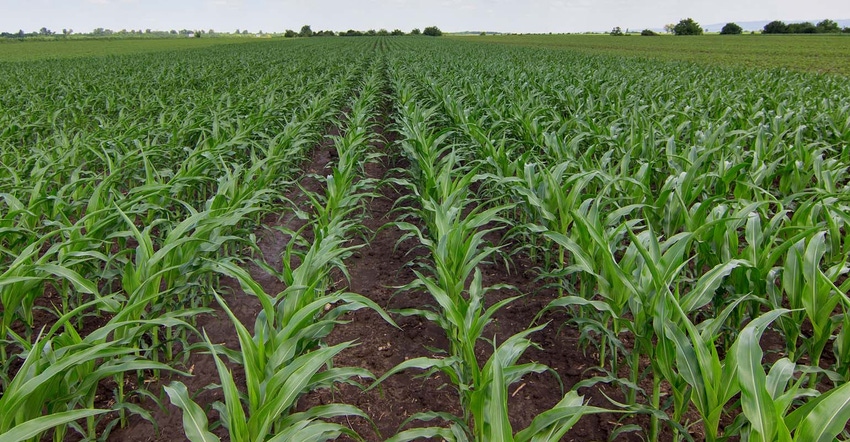July 23, 2019

A new report, The Growing Corn Economies of Mexico and the United States, explores how the U.S. and Mexican corn sectors have changed since the transition to free-trade under the North American Free Trade Agreement, and the extent to which the sectors could change further in the coming decade.
Mexico is the largest foreign market for U.S. corn, and U.S. corn exports to Mexico have been free of tariff and quota restrictions since 2008. The recently signed United States-Mexico-Canada Agreement would continue tariff- and quota-free trade in corn. In the United States and Mexico, corn production has risen, due partly to higher yields. USDA’s long-term agricultural projections suggest that in the coming decade, consumption of Mexican and U.S. grown corn will continue to increase due to expanding livestock production in both countries, even though U.S. production of corn-based ethanol is projected to decline.
Here are 8 points from the report, which was prepared by USDA’s Economic Research Service.
Corn is the largest crop in terms of production and consumption volume in both Mexico and the United States.
From 2016 to 2018, the United States sold an annual average of 15.1 million metric tons of corn to Mexico, valued at about $2.8 billion, with additional corn-related products adding another $1 billion.
Mexico is the world’s sixth largest corn producer, accounting for 3% of the world’s total production. The U.S. is the world’s largest, accounting for 34% of global production.
Between 2007 and 2017, Mexico’s corn production has grown at a compound annual rate of 1.6%, with white corn growing at 1.2% and yellow corn at 7%.
The states of Sinaloa and Jalisco account for more than one-third of the white corn grown in Mexico. Chihuahua accounts for 40% of Mexico’s yellow corn production.
White corn accounts for roughly 90% of Mexican corn production, compared with just 1% in the United States.
Mexico’s growing livestock and poultry sector increasingly relies on corn imports.
The new administration in Mexico is implementing new agricultural programs that focus on small and medium-scale producers of commodities.
Source: USDA’s Economic Research Service, which is solely responsible for the information provided and is wholly owned by the source. Informa Business Media and all its subsidiaries are not responsible for any of the content contained in this information asset.
You May Also Like




